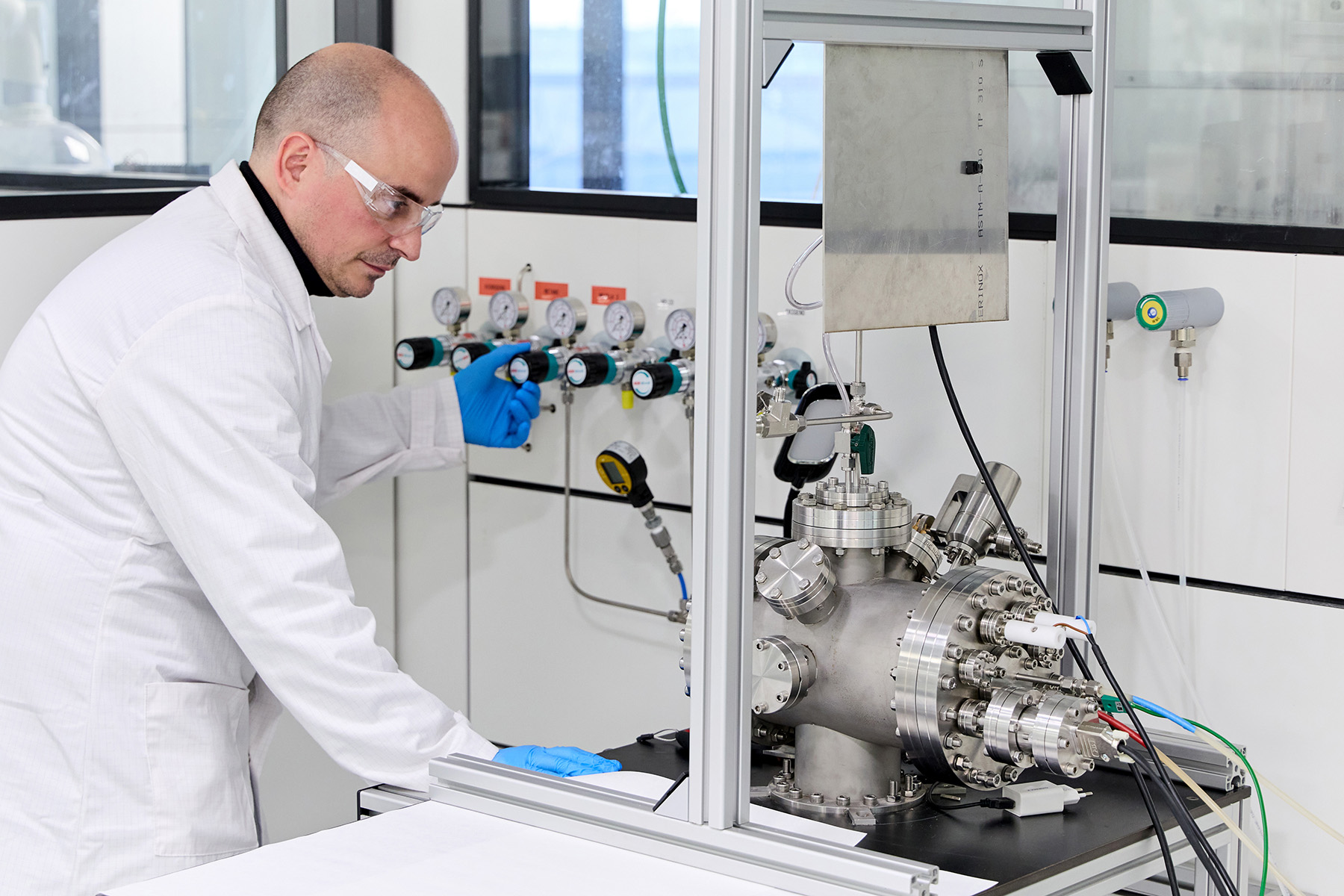"We have developed a new sensor technology to increase the safety level of hydrogen applications"
The second and third phase of testing and validation of fibre optic sensors for hydrogen leak detection have started
The tests are being carried out at the Aragon Hydrogen Foundation facilities in Huesca. They set out to validate the capability of new fibre optic sensors to detect hydrogen leaks early and accurately. The fibre optic sensors have been developed by the coordinating consortium Enagas, in which Lumiker and TECNALIA have participated, within the framework of the European Opthycs project.
- Different configurations of fibre optic sensors have been tested, applying different typologies of simulated point leakage and programmed leakage ramps.
- Given the higher explosive range of this gas compared to other energy carriers, such as natural gas, Opthycs aims to raise the safety level of hydrogen distribution facilities (overhead pipelines, underground pipelines, compressor stations, etc.).
Cutting-edge technology for safety
The sensors, based on fibre optic technology, are suggested to advance on existing H2 leak detection technology. Thanks to their high integration capacity, low power consumption, high levels of safety and sensitivity, these sensors can identify hydrogen leaks in their early stages, which can lead to an increase in safety at infrastructures (production, transport and supply) that handle this gas.
Next steps
The Opthycs project will continue with further testing and development phases in order to increase the performance of the sensors and extend their application in different industrial sectors. TECNALIA and its partners will continue to work together to ensure that this innovative technology is ready for large-scale deployment.

